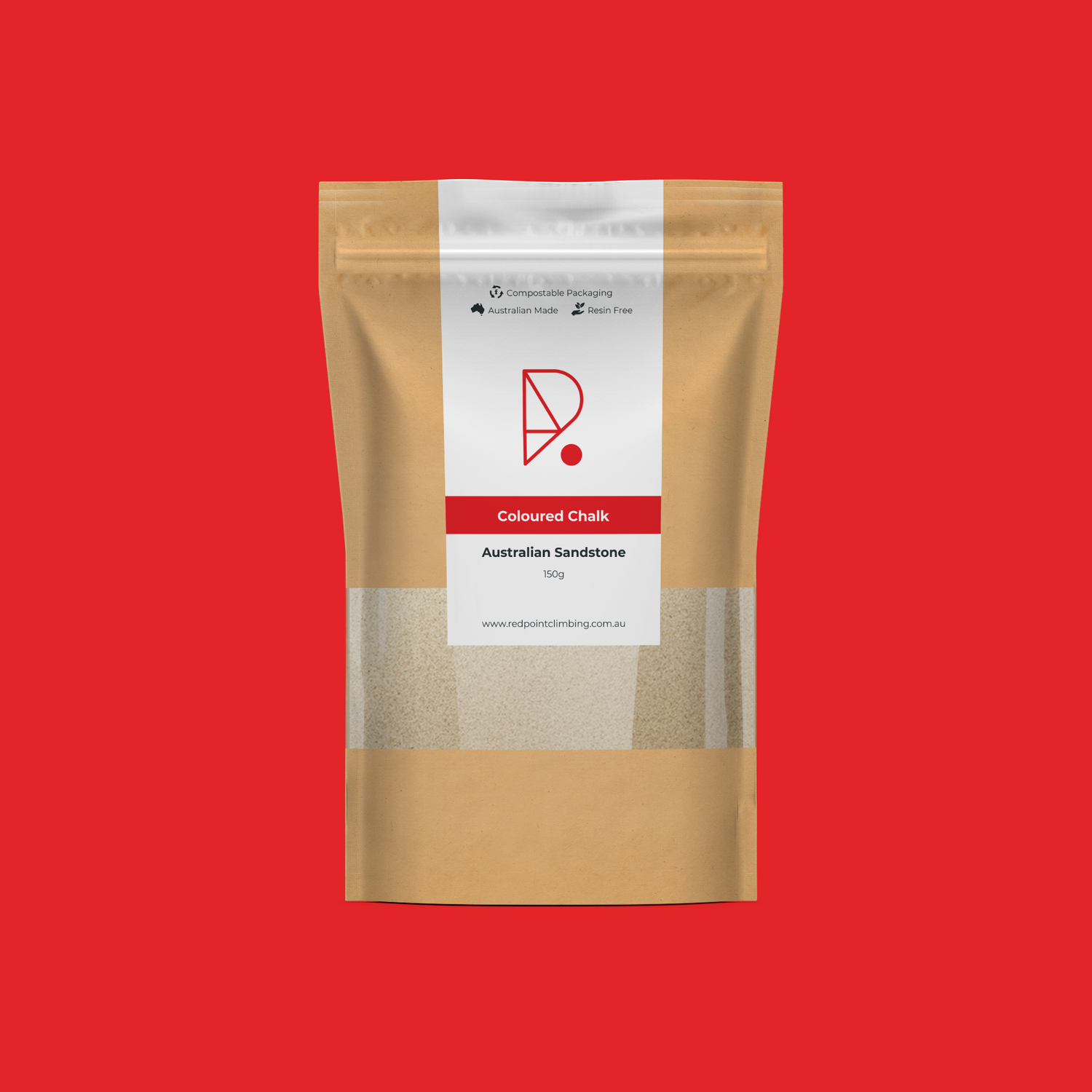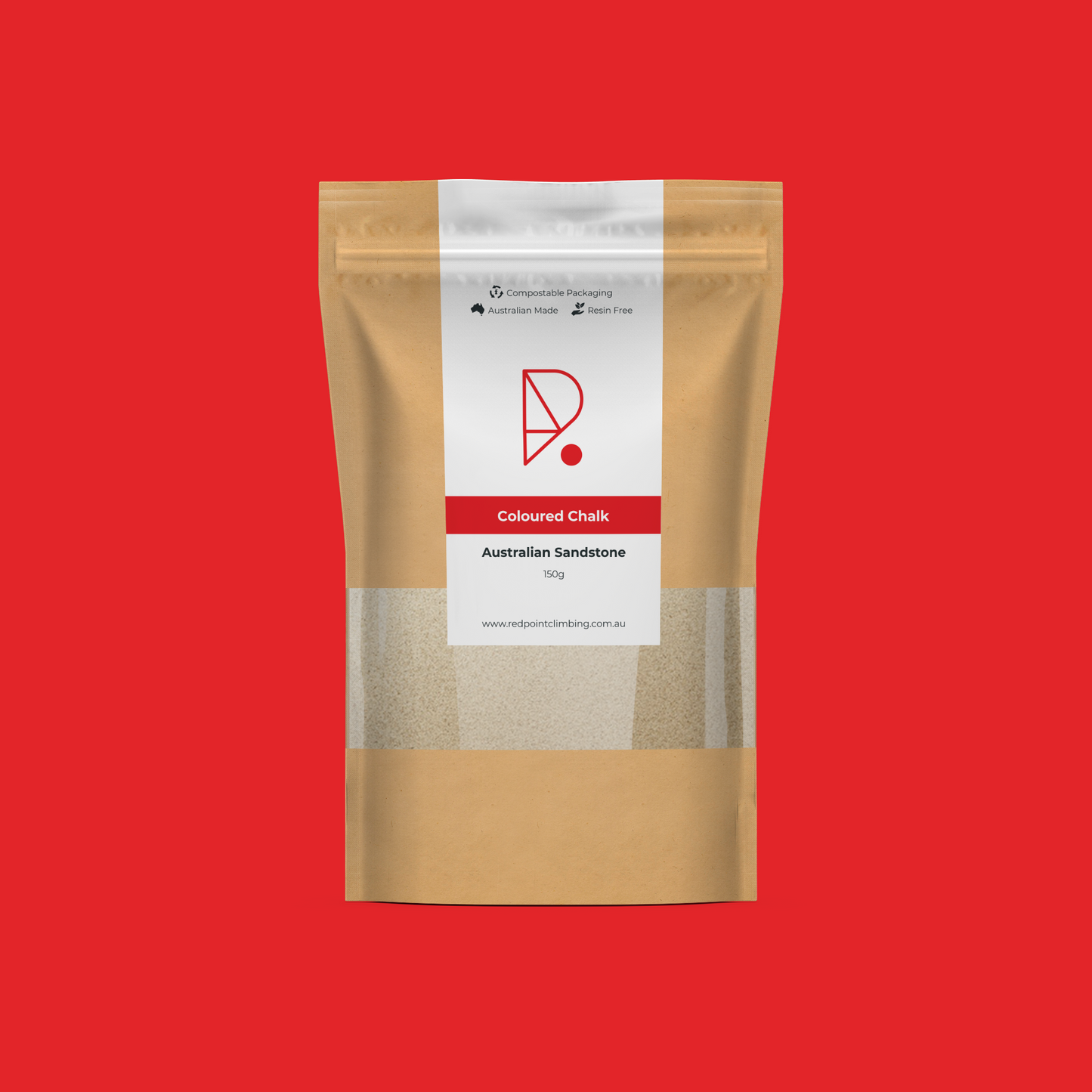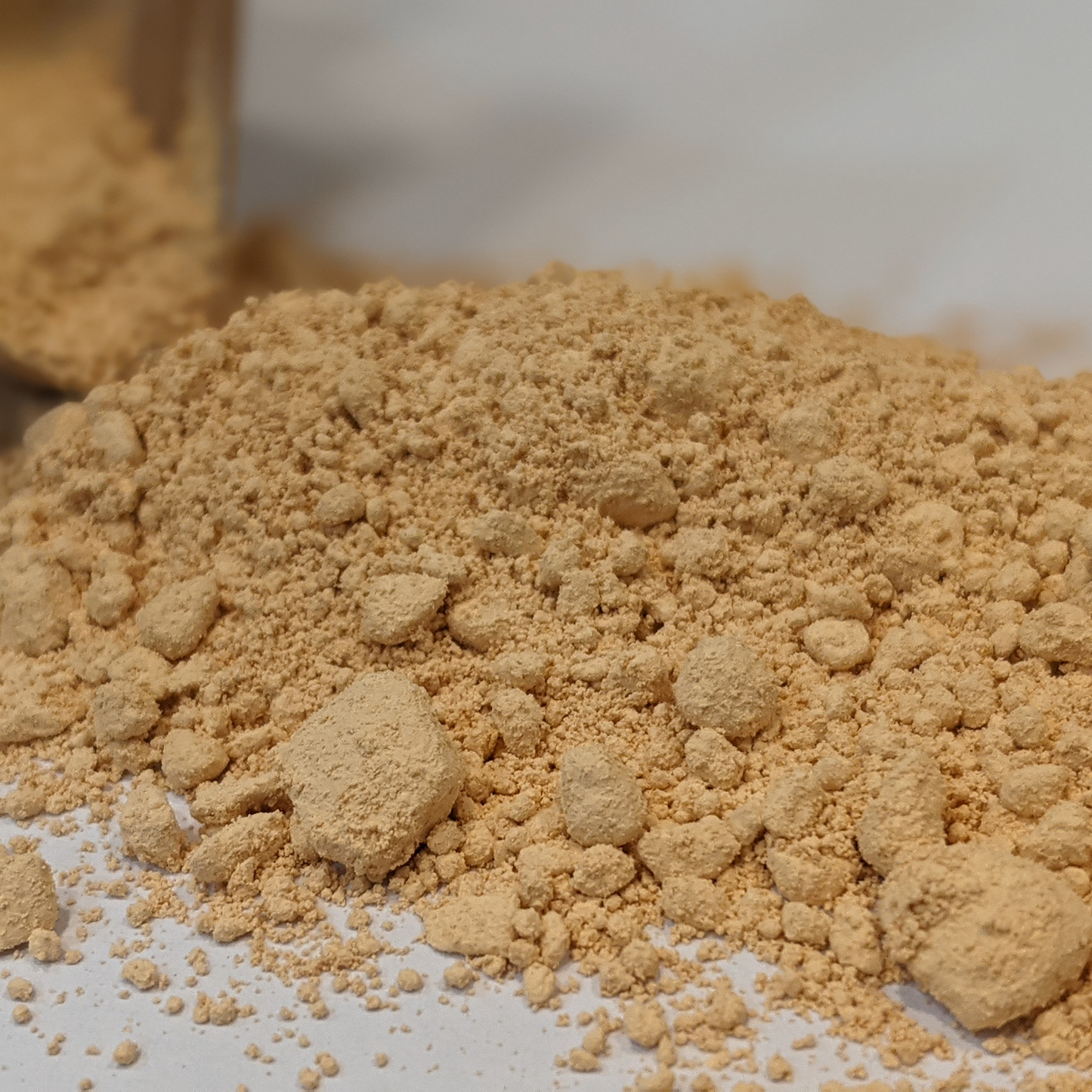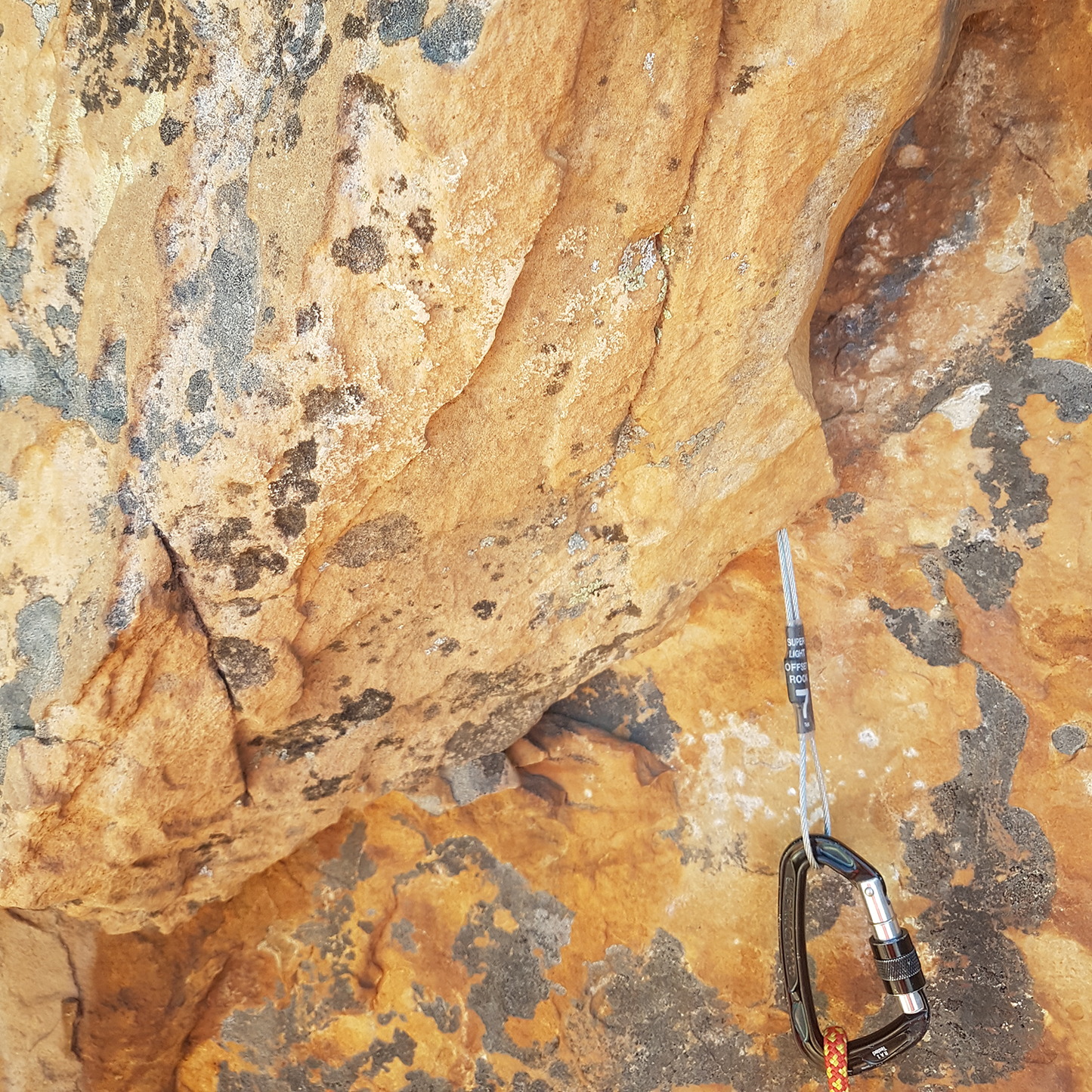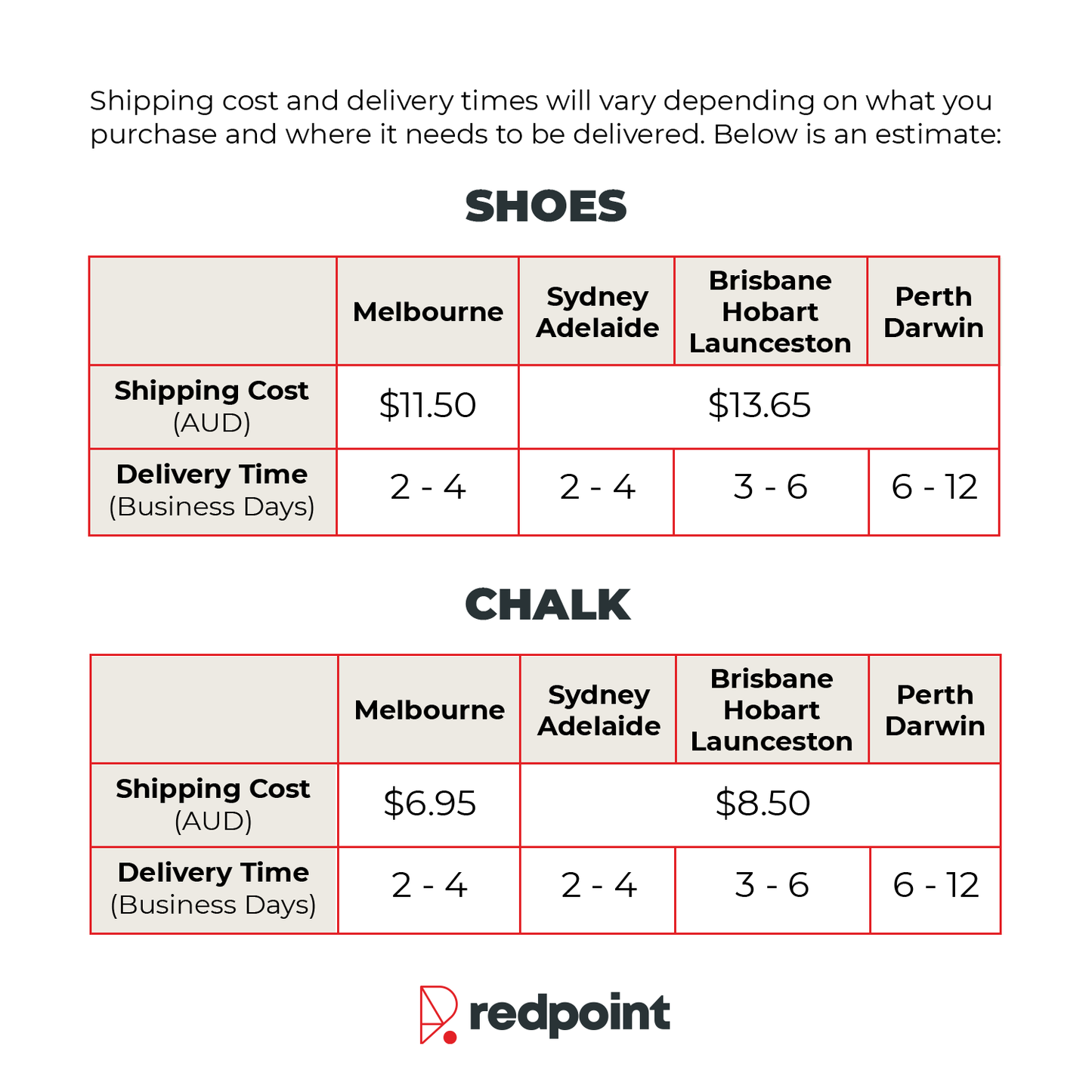 Whether you’re a newbie or a seasoned veteran, we can all agree that nothing beats getting out on real rock. Australian sandstone has some world class bouldering and trad climbing, however, some of it is now banned. In order for outdoor climbing and bouldering to remain open around Australia, we need to be aware of our social responsibilities and environmental impact when climbing.
Whether you’re a newbie or a seasoned veteran, we can all agree that nothing beats getting out on real rock. Australian sandstone has some world class bouldering and trad climbing, however, some of it is now banned. In order for outdoor climbing and bouldering to remain open around Australia, we need to be aware of our social responsibilities and environmental impact when climbing.
So, how can we practice responsible climbing and keep rock climbing and bouldering sustainable in Australia? Here are 10 things you can do to reduce your environmental impact as a climber.
Before you go
- Research beforehand. Check which sites are banned and read the access notices left on The Crag.
- Learn how to spot Aboriginal rock art. We should remember that the sandstones we love to climb on have traditional land owners. Rock art on sandstone is commonly found in shallow rock shelters and overhangs that make for good bouldering.
- Invest in a Wag Bag. It is often not feasible to dig a toilet in the ground at the crags (the hole needs to be 15-20 cm deep and 10cm wide). Wag Bags are biodegradable ‘go anywhere’ toilet kits that traps, encapsulates, deodorises and breaks down waste.
At the crag
- Take all rubbish with you. Don’t throw food (including fruit peels) on the ground. Composting doesn’t happen on the side of the road - it requires a microbe-rich environment, heat and frequent turning of the materials. It may take years for that innocuous banana peel to break down. In the meantime, it may upset the diet of native animals.
- Stick to established paths. Avoid bush bashing to minimise damage to local vegetation and soil erosion. That shortcut may save you 5 minutes but take years to regrow. The same goes for where you place your bouldering mat.
- Be conscious of chalk. Use coloured climbing chalk and brush off chalk marks from the holds after you finish climbing. White chalk leaves unsightly marks behind and is especially visible from bouldering. Redpoint’s Australian Sandstone Coloured Chalk blends into the rocks at Garidwerd (Grampians) and Djurid (Arapiles).
Giving back
- Volunteer or donate to organisations such as CliffCare (VIC) and Trackcare (NSW) that run activities to maintain access trails, clean up climbing areas and plant new trees.
- Donate equipment you don’t need via Facebook groups such as Melbourne Rock Climbing.
Reduce, reuse and recycle
- When purchasing liquid chalk, check that the bottles are made of HDPE, not LDPE. HDPE lasts longer and can be recycled in most council green bins, LDPE is not accepted in council green bins. When purchasing loose chalk, look for compostable packaging.
- Some gyms also offer liquid chalk refills at a low price, including The Crux (Coburg North) and La Roca (Oakleigh).

